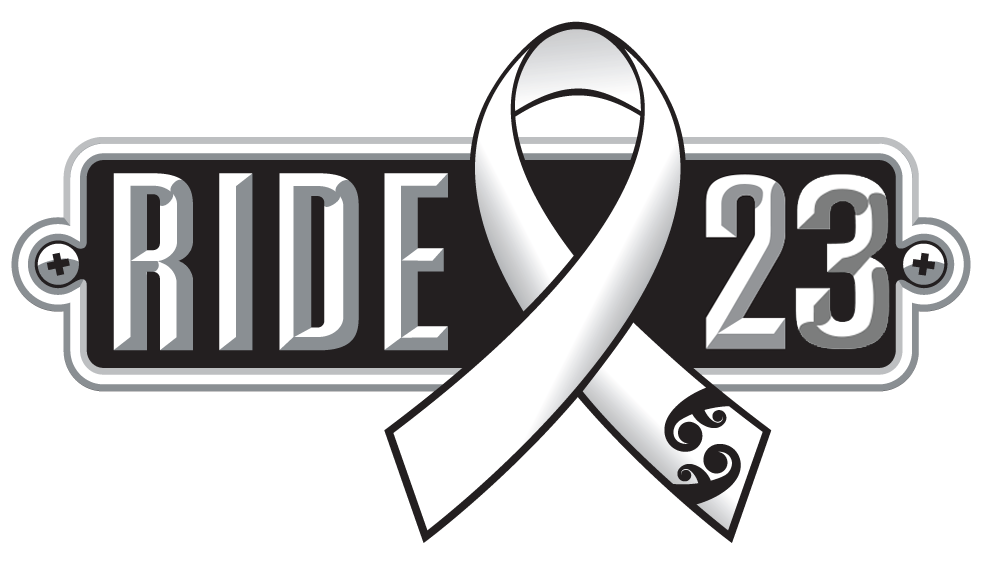Nine Common Myths and Misconceptions
Help to change your behaviour | Nine common myths and misconceptions | Practical things men can do
Supporting victims | Thirteen steps men can take | Where to go for help
Myth 1: Violence against women is an issue that only concerns women.
“Violence against women is perhaps the most shameful human rights violation. And it is perhaps the most pervasive. It knows no boundaries of geography, culture or wealth. As long as it continues, we cannot claim to be making real progress towards equality, development and peace.” Kofi Annan, Secretary-General of the United Nations.
One in three girls world-wide will, in her lifetime, suffer violence directed at her simply because she is female. Violence against women has become as much a pandemic as HIV/AIDS or malaria. But is generally downplayed by the public at large and by policy makers who fail to create and fund programmes to eradicate it. Violence against women is also a ‘men’s issue’ in particular. It is men’s wives, mothers, sisters, daughters, and friends whose lives are limited by violence and abuse. It’s a men’s issue because some men’s violence gives all men a bad name. It’s a men’s issue because, as community leaders and decision-makers, men can play a key role in helping stop violence against women. It’s a men’s issue because men can speak out and step in when male friends and relatives insult or attack women. And it’s a men’s issue because a minority of men treat women and girls with contempt and violence, and it is up to the majority of men to help create a culture in which this is unacceptable.
Myth 2: There is nothing we can do to stop violence against women.
Some people think that rape and domestic violence are inevitable – because men are just ‘born that way’ and violence against women is the product of biology or genetics. Or because those people who use violence are ‘psychotic’ or ‘crazy’ and cannot change. Instead, the research shows that violence against women is the product of learned attitudes and norms, and social inequalities. Just as violence-supportive attitudes can be learned, they can be unlearned. Likewise, communities and governments can change the social conditions that feed violence, replacing them with social conditions that encourage respect and non-violence.
Our communities can no longer excuse the abuse. Our children, our sisters, our mothers and our grandmothers have a right to live a life free from abuse. Much has been achieved to date, but the change needed requires coordinated and sustained effort on many levels. It also requires awareness raising, legal changes, national plans of action, and research. Gender based violence has been identified as a product of a learned behaviour and as such it can be changed, particularly through education targeted at young children, youth of both sexes, and women themselves.
By providing a clear message that men will not tolerate violence against women, the White Ribbon Campaign is helping to end this form of human rights abuse in our community.
Myth 3: Women should just remove themselves from abusive relationships.
There are many reasons women stay in abusive relationships. They include fear that the violence will escalate, financial dependence, social stigma, lack of self-confidence, isolation, religious and moral values, love and commitment and concern for children, family pressures and lack of community support, including affordable accommodation. A man who is using violence against his female partner typically uses a range of strategies to encourage her compliance and dependence, such as monitoring her movements, destroying her self-esteem, and encouraging her to blame herself for the abuse. These dynamics too make it hard to leave abusive relationships.
Myth 4: Some people deserve to be beaten by provoking the violence.
Responsibility for violence must rest solely with the abuser. Most abused people try to do everything they can to please their partner and avoid further violent episodes.
Myth 5: Violence against women only occurs in specific groups.
Violence against women occurs across all aspects of our societies regardless of race, religious beliefs, level of education, sexual orientation, occupation, community position, or cultural/ethnic background.
Myth 6: Violent people are mentally ill or have psychopathic personalities.
Clinical studies do not support this view. The vast majority of violent men are not suffering from mental illness and could not be described as psychopaths. Most abusers would appear to be respectable men who are very much in control. They are represented in all occupations and social classes and the violence is usually manifest only within their relationship with their partner and children.
Myth 7: Some people need the violence, enjoy it or are addicted to it.
The use of violence is a choice: those who use violence choose when, where and how they act. Far from loving the violence, victims find that violence destroys the relationship, and many people in violent situations eventually leave.
Myth 8: Violence against women is caused by drugs and/or alcohol.
Almost even numbers of sober and drunken people are violent. Where studies do show more drinkers are violent to their partners, the studies are not able to explain why many drunken men (80% of heavy and binge drinkers) did not abuse their wives. Alcohol and other addictive substances are used by abusers to give themselves permission to be violent.
Myth 9: Violence only happens to a certain sort of woman.
Research has repeatedly shown that violence crosses all boundaries and can happen to women from all social, economic, cultural and family situations.





